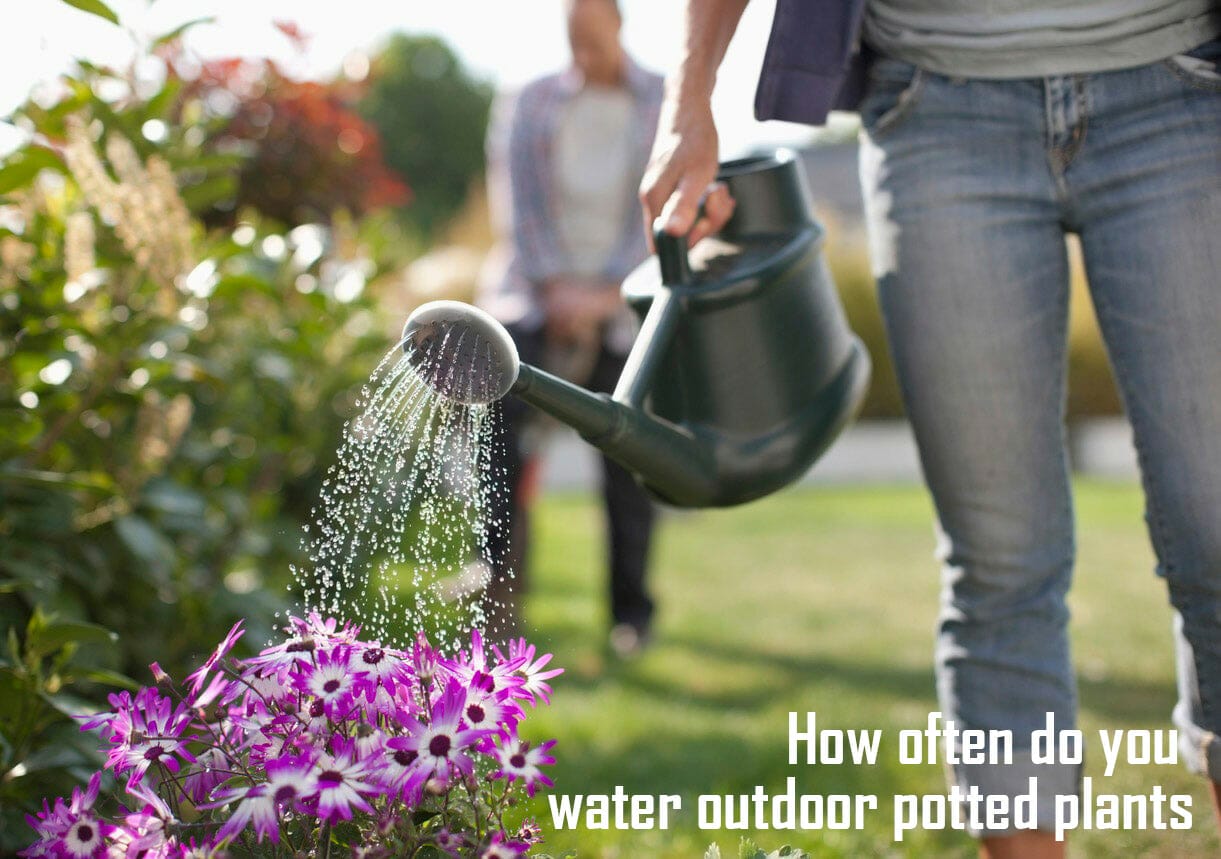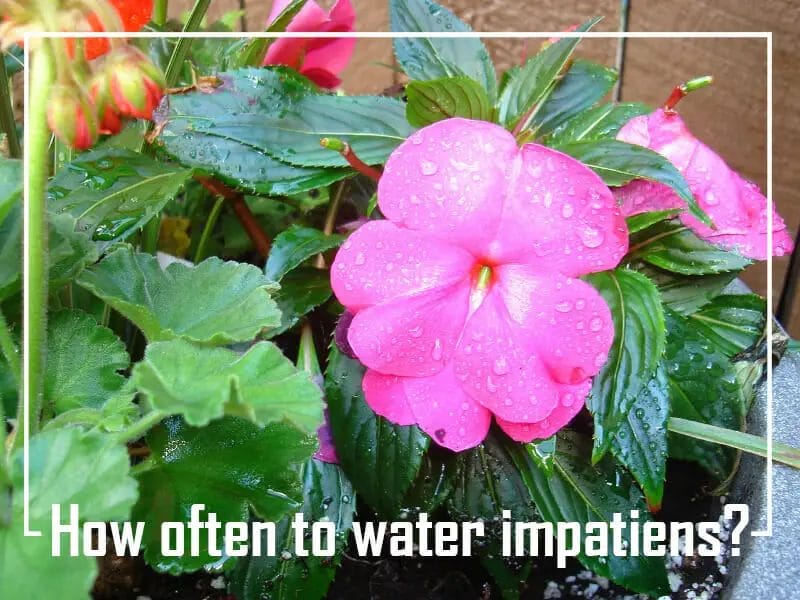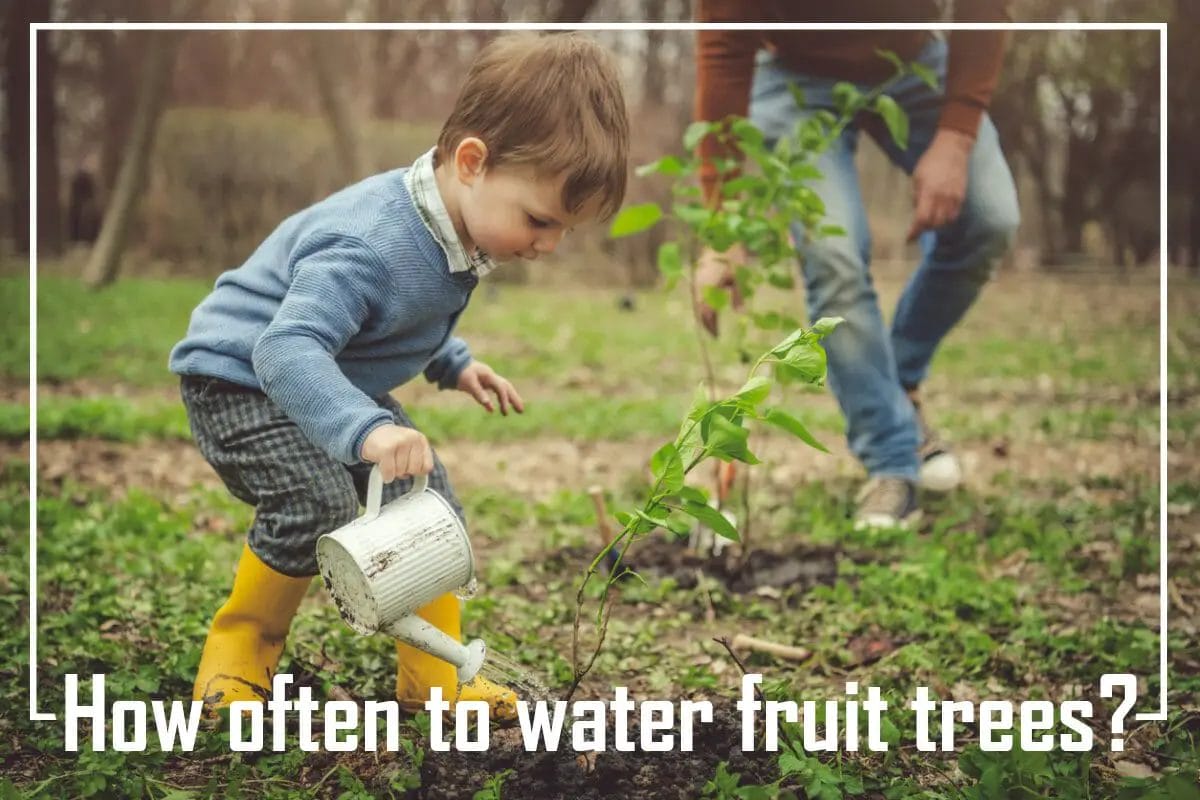Diving into the world of water purification, one challenge stands out: nitrates. While naturally occurring, these compounds can seep into water sources and pose potential health risks. But fear not! In this guide, we’re unraveling the mystery of nitrates in water and equipping you with effective solutions to bid them farewell. From innovative filtration techniques to eco-friendly remedies, get ready to restore the crystal-clear, nitrate-free essence your water deserves. It’s time to take action and sip safely as we navigate the journey of nitrate removal together.
How much nitrate is safe in drinking water?
As per the Environmental Protection Agency (EPA) guidelines, the acceptable limit for nitrate in drinking water is 10 mg/L. Water containing less than 10 mg/L of nitrate is considered safe and suitable for consumption. This measure is also commonly represented as 10 ppm (parts-per-million). Nitrates fall into the primary water quality contaminants category, meaning that legal standards strictly regulate their levels.
The EPA establishes “maximum contaminant levels” (MCLs) for such contaminants, as elevated levels of these substances in drinking water could potentially result in health issues and ailments. Alongside nitrates, the EPA’s primary standards encompass other substances like lead, arsenic, asbestos, and specific types of bacteria such as giardia and cryptosporidium. These regulations safeguard public health by ensuring that our water meets stringent quality criteria.
How do you test for nitrates in water?
Testing for nitrates in water is crucial to ensure water safety, especially for drinking water sources. There are a few methods you can use to test for nitrates:
- Test Kits: Nitrate test kits are readily available and user-friendly. They typically include test strips or reagents that change color based on the nitrate concentration in the water. You can follow the instructions provided with the kit to compare the color change to a color chart and determine the nitrate level.
- Photometric Tests: Photometric test kits use a photometer to measure the intensity of light absorbed by a water sample. This information is then used to calculate the nitrate concentration. These kits are more accurate than simple test strips and provide digital readouts.
- Laboratory Analysis: For more accurate and comprehensive results, you can send a water sample to a certified laboratory for analysis. They will use sophisticated equipment and methods to determine the precise nitrate concentration. This approach is particularly useful for monitoring long-term water quality.
When conducting nitrate testing:
- Follow the instructions provided by the test kit manufacturer or the laboratory carefully.
- Collect a representative water sample from the source you want to test. Make sure the sample is uncontaminated and collected using clean containers.
- Store and transport the sample according to the instructions to prevent contamination or degradation.
- Perform the test in a well-lit area with proper ventilation and follow safety precautions.
- Record and interpret the results accurately based on the reference provided with the test kit or the laboratory report.
Keep in mind that nitrate levels can fluctuate due to various factors, including agricultural runoff, sewage discharge, and natural processes. Regular testing and monitoring are important, especially for drinking water sources, to ensure that nitrate levels remain within safe limits. If you’re concerned about your water quality or if your test results indicate elevated nitrate levels, consider consulting a water quality professional or local health department for guidance.
5 Simple Methods to Remove nitrate from water:

The chemical nitrate occurs naturally in the soil, water, and air. Nitrates are also found in fertilizers and pesticides. Nitrates can enter your tap water through industrial runoff, septic tank leaks, or animal waste.
The tap water removal methods are as follows:
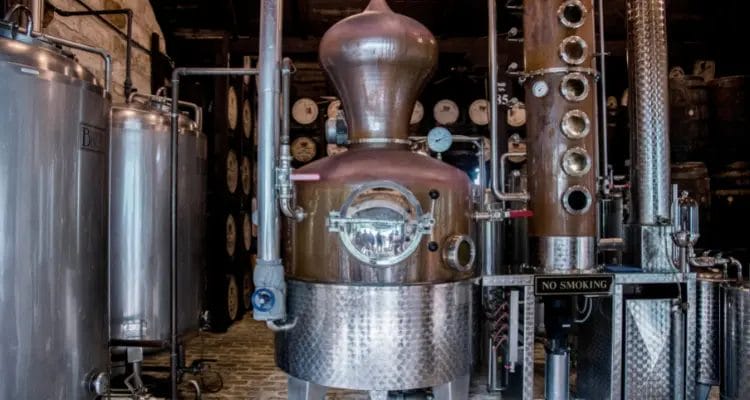
Distillation
The most effective but also the most expensive way to remove nitrates from your tap water is distillation. This process requires boiling the water so that the nitrate evaporates. It then cools down and is collected as pure liquid with no contaminants remaining
Ion Exchange
This is an affordable option that removes nitrates by exchanging them for sodium ions. You mix some ion exchange resin with your distilled or boiled water, wait for it to work its magic, then pour off the treated water.
Reverse Osmosis
RO uses pressure to force water molecules across membranes. These membranes allow certain substances to pass while blocking others. After reverse osmosis, multiple steps of purification are required to make sure that no harmful chemicals remain. First, prefilters trap large debris like rust and dirt. Then, filters block smaller bacteria and viruses. Finally, carbon blocks out chlorine and other disinfectants.
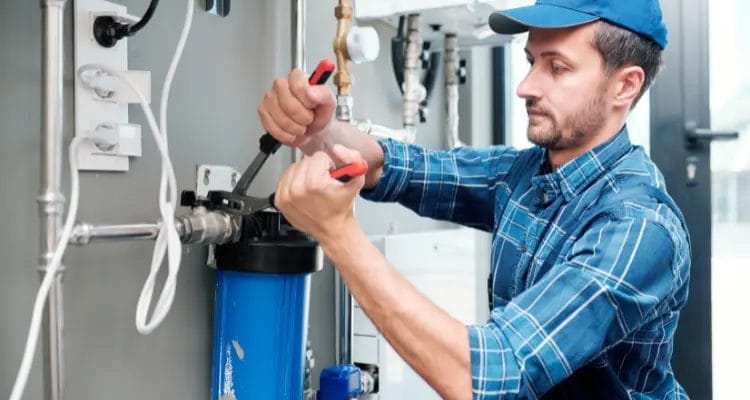
Filtration
Sand, gravel or activated carbon are placed inside pipes to catch suspended solids and heavy metals. However, these materials may clog if they get wet. For homes near bodies of water, consider installing a prefilter device called a “precoat.” Precoat’s contain granular material like what comes out of a standard sedimentation basin. They’re designed specifically to prevent grit from entering your plumbing system.
Carbon Filter
Carbon filter cartridges are made of porous carbon particles that act as adsorbents. Adsorption occurs when one substance sticks to another. When carbon absorbs pollutants, it becomes dirty itself. Unlike ordinary charcoal briquettes, carbon filter cartridges come in different shapes and sizes. Some fit only under faucets; others attach directly to the spout. And still, others look like little tubes that screw onto the end of a pipe.
How To Prevent Nitrates In The Future
Preventing nitrates from entering water sources in the future involves a combination of responsible practices, proper land management, and sustainable choices. Here are several strategies to help prevent nitrates from contaminating water:
- Proper Agricultural Practices:
Implement and promote responsible agricultural practices, such as using precision farming techniques, cover cropping, and reducing fertilizer application rates to prevent excess nitrates from leaching into groundwater. - Soil Testing:
Regularly test soil to determine its nutrient content and tailor fertilizer application accordingly. This helps prevent over-fertilization, which can lead to nitrate runoff. - Timed Irrigation:
Use efficient irrigation methods and schedule watering to avoid waterlogging, which can contribute to the release of nitrates from soil. - Manure Management:
Properly manage animal waste by following guidelines for its storage, treatment, and application to fields. This helps minimize the risk of nitrates entering water sources. - Buffer Zones:
Establish vegetated buffer zones along water bodies to intercept and filter out nitrates before they reach the water. These zones can include native plants that take up excess nutrients. - Septic System Maintenance:
Regularly inspect and maintain septic systems to prevent leakage and contamination of groundwater with nitrates from human waste. - Avoid Overwatering Lawns:
Limit excessive watering of lawns and gardens, as this can contribute to nitrate runoff. Water lawns based on actual need rather than on a fixed schedule. - Education and Awareness:
Educate local communities, farmers, and residents about the importance of reducing nitrate pollution and adopting best practices. - Green Infrastructure:
Incorporate green infrastructure solutions like rain gardens and permeable pavements to reduce runoff and encourage natural filtration. - Waste Management:
Properly manage and dispose of waste from industries and urban areas to prevent the release of nitrates into water sources. - Regulatory Measures:
Support and advocate for local and national regulations that address nitrate pollution and encourage responsible land use practices. - Watershed Management:
Collaborate with local agencies and organizations to implement comprehensive watershed management plans that address multiple sources of pollution, including nitrates. - Water Monitoring:
Regularly monitor water quality in different sources, especially those at risk of nitrate contamination, to identify issues early and take corrective measures.
Preventing nitrates from contaminating water sources requires a holistic and coordinated effort involving individuals, communities, businesses, and governments. By adopting these practices, you can contribute to the long-term health and sustainability of water resources.
What are the Health Risks of High Nitrates in Drinking Water?
Nitrates in drinking water may cause cancer, heart disease, kidney damage, and even death. Due to their immature kidneys, children under 5 are especially susceptible to these illnesses.
Young children cannot detoxify nitrites properly, making them prone to developing methemoglobinemia. The condition causes blood cells to lose oxygen, which leads to cyanosis and death.
Children under the age of 2 can be affected by hypothyroidism from excessive amounts of nitrates can cause hypothyroidism. Too few thyroid hormones are produced when it is hyperthyroid. Symptoms include weight gain, fatigue, constipation, dry skin, hair loss, and a slow heartbeat.
Adults over 50 are also affected by low thyroid function caused by exposure to excess nitrates. Adults usually experience symptoms like muscle weakness, depression, memory impairment, and difficulty concentrating.
Due to fetal development, pregnant women are also highly susceptible to nitrate poisoning. Consuming contaminated tap water during pregnancy can pass toxins to the unborn child. Toxins might affect the baby’s brain development and increase the risk of congenital disabilities.
Exposure to nitrates can also result in miscarriage and premature births. Fetuses whose mothers consumed more than 10 milligrams per liter of nitrates were likely to miscarry. Women who drank more than 100 mg/L had a greater chance of having preterm deliveries.
The Environmental Protection Agency lists nitrates among the top ten contaminants in U. S. public drinking water systems. Over 40 percent of U.S. residents live within 3 miles of an area with high nitrate levels in its drinking water.
Nitrite Removal Processes – How to Reduce Nitrate Formation in Pools?
Nitrite formation is a process of reactions that may be oxidizing or reducing. Nitrite is formed when oxygen or other oxidizing agents oxidize nitrate in pool water.
It is important to know the different kinds of nitrite removal processes and what they can do for your pool. There are four ways to reduce nitrite formation in pools:
1. Nitrate process – A sand filter or cartridge filter system with a sand bed pre-dosed with ammonium sulfate can be used to remove nitrates in pool water. The sand bed absorbs the ammonium from the water, converting it into harmless compounds such as ammonia and ammonium salts. This method takes time, but it works well when used properly.
2. Chemical Treatment – The addition of chlorine dioxide to the pool water removes nitrates. Chlorine dioxide reacts with nitrogen compounds like nitrite to produce harmless products. However, ClO2 must be carefully monitored so that it doesn’t become dangerous to people’s health.
3. Biological Remediation – Bacteria naturally present in swimming pool water help convert nitrites into less harmful substances. They use organic matter as their source of energy. When these bacteria die off after a while, new ones take over and continue doing the job until the cycle repeats itself.
4. Physical Methods – One physical method of nitrite reduction is filtration. Filtration removes particles suspended in the water, including microorganisms and debris. It does not affect the quality of the water since it only filters out solid materials.
Statistics Related Nitrate from Water
Factual sentences referenced across top priority results:
- In 46 percent of community wells and 53 percent of private wells, there are nitrates and nitrites.
- For example, if your water has 30ppm of nitrate contamination, 60 percent reduction would only reduce it to 12ppm – still higher than the guidelines.
- Reductions of 80 percent or more are within the guidelines, which is 6ppm. The only issue is that there are very few ROs.
- At an 80% reduction rate, contaminated water would only be reduced to 12ppm, too high, and can cause health complications.
- In 2019, all the major US utilities reported nitrate levels below the legal limit of 10ppm.
- Carbon Block filters such as TAPP will reduce about 70-80% of Nitrates in tap water ( see test results ).
- It is possible to reduce nitrate selectively in a pH range of 9 to 10.5 and minimize loss of the reductant through decomposition of water between pH 9.1 and 9.3.
- According to estimates, 83 to 92 percent of the incoming nitrate is removed.
- Up to 90 percent of nitrate-nitrogen can be removed if the level is extremely high (greater than 110 mg/l).
- Also inefficient, reverse osmosis can produce only a few gallons of pure water each day and can waste as much as 90% of the water it receives.
Frequently Asked Questions
1. Nitrates in Drinking Water – What are the Sources of Nitrates?
2. How do Nitrates get into our Water Supplies?
3. How do nitrates get into the water?
4. Are nitrates in water harmful?
5. How are people exposed to nitrate?
Conclusion
Nitrates are a type of chemical present in the soil, water, plants, and animals. Nitrates are generally not harmful to people, but they can form into nitrites under certain conditions. Nitrates in drinking water can cause anemia, cancer, and blue baby syndrome. So, follow those methods to remove nitrates before it takes a wrong.
Sarah J. Gregory
352 Hershell Hollow Road
Anaheim, CA 92805




